|
#2
23rd August 2014, 10:15 AM
| |||
| |||
| Re: After Failing In Class 11th admission in CBSE 12th
No you are not eligible to get admission in class 12th of CBSE board of education without passing class 11th . you have to clear first class 11th than you can get admission in class 12th . Syllabus for class 11th of CBSE : Biology Class 11 Syllabus Course StructureUnit Title Marks 1. Diversity of Living Organisms (Unit for OTBA) 10 2. Structural Organisation in Plants & Animals 11 3. Cell: Structure and Function 15 4. Plant Physiology 17 5. Human Physiology 17 Total 70 Unit I: Diversity of Living Organism What is living? Biodiversity; Need for classification; three domains of life; taxonomy and systematics; concept of species and taxonomical hierarchy; binomial nomenclature; tools for study of taxonomy-museums, zoological parks, herbaria, botanical gardens. Five kingdom classification; Salient features and classification of Monera, Protista and Fungi into major groups: Lichens, Viruses and Viroids. Salient features and classification of plants into major groups - Algae, Bryophyta, Pteridophyta, Gymnospermae and Angiospermae (three to five salient and distinguishing features and at least two examples of each category); Angiosperms - classification upto class, characteristic features and examples. Salient features and classification of animals non chordates up to phyla level and chordates up to class level (three to five salient features and at least two examples of each category). (No live animals or specimen should be displayed.) Unit 2: Structural Organisation in Animals and Plants Morphology and modifications: Tissues; anatomy and functions of different parts of flowering plants: root, stem, leaf, inflorescence, flower, fruit and seed (to be dealt along with the relevant practical of the Practical Syllabus). Animal tissues: Morphology, anatomy and functions of different systems (digestive, circulatory, respiratory, nervous and reproductive) of an insect (cockroach). (a brief account only) Unit 3: Cell Structure and Function Cell theory and cell as the basic unit of life: Structure of prokaryotic and eukaryotic cells; Plant cell and animal cell; Cell envelope, cell membrane, cell wall; Cell organelles - structure and function; endomembrane system, endoplasmic reticulum, Golgi bodies, lysosomes, vacuoles; mitochondria, ribosomes, plastids, microbodies; cytoskeleton, cilia, flagella, centrioles (ultrastructure and function); nucleus, nuclear membrane, chromatin, nucleolus. Chemical constituents of living cells: biomolecules, structure and function of proteins, carbodydrates, lipids, nucleic acids, enzymes, types, properties, enzyme action. Cell division: Cell cycle, mitosis, meiosis and their significance. Unit 4: Plant Physiology Transport in plants; Movement of water, gases and nutrients; cell to cell transport, Diffusion, facilitated diffusion, active transport; plant-water relations, Imbibition, water potential, osmosis, plasmolysis; long distance transport of water - Absorption, apoplast, symplast, transpiration pull, root pressure and guttation; transpiration, opening and closing of stomata;Uptake and translocation of mineral nutrients - Transport of food, phloem transport, massflow hypothesis; diffusion of gases. Mineral nutrition: Essential minerals, macro- and micronutrients and their role; deficiency symptoms; mineral toxicity; elementary idea of hydroponics as a method to study mineral nutrition; nitrogen metabolism, nitrogen cycle, biological nitrogen fixation. Photosynthesis: Photosynthesis as a mean of autotrophic nutrition; site of photosynthesis, pigments involved in photosynthesis (elementary idea); photochemical and biosynthetic phases of photosynthesis; cyclic and non cyclic photophosphorylation; chemiosmotic hypothesis; photorespiration; C3 and C4 pathways; factors affecting photosynthesis. Respiration: Exchange of gases; cellular respiration - glycolysis, fermentation (anaerobic), TCA cycle and electron transport system (aerobic); energy relations - number of ATP molecules generated; amphibolic pathways; respiratory quotient. Plant growth and development: Seed germination; phases of plant growth and plant growth rate; conditions of growth; differentiation, dedifferentiation and redifferentiation; sequence of developmental processes in a plant cell; growth regulators - auxin, gibberellin, cytokinin, ethylene, ABA; seed dormancy; vernalisation; photoperiodism. Unit 5: Human Physiology Digestion and absorption: Alimentary canal and digestive glands, role of digestive enzymes and gastrointestinal hormones; Peristalsis, digestion, absorption and assimilation of proteins, carbohydrates and fats; calorific values of proteins, carbohydrates and fats; egestion; nutritional and digestive disorders - PEM, indigestion, constipation, vomiting, jaundice, diarrhoea. Breathing and Respiration: Respiratory organs in animals (recall only); Respiratory system in humans; mechanism of breathing and its regulation in humans - exchange of gases, transport of gases and regulation of respiration, respiratory volume; disorders related to respiration - asthma, emphysema, occupational respiratory disorders. Body fluids and circulation: Composition of blood, blood groups, coagulation of blood; composition of lymph and its function; human circulatory system - Structure of human heart and blood vessels; cardiac cycle, cardiac output, ECG; double circulation; regulation of cardiac activity; disorders of circulatory system - hypertension, coronary artery disease, angina pectoris, heart failure. Excretory products and their elimination: Modes of excretion - ammonotelism, ureotelism, uricotelism; human excretory system - structure and function; urine formation, osmoregulation; regulation of kidney function - renin - angiotensin, atrial natriuretic factor, ADH and diabetes insipidus; role of other organs in excretion; disorders - uraemia, renal failure, renal calculi, nephritis; dialysis and artificial kidney. Locomotion and movement: Types of movement - ciliary, flagellar, muscular; skeletal muscle-contractile proteins and muscle contraction; skeletal system and its functions; joints; disorders of muscular and skeletal system - myasthenia gravis, tetany, muscular dystrophy, arthritis, osteoporosis, gout. Neural control and coordination: Neuron and nerves; Nervous system in humans - central nervous system; peripheral nervous system and visceral nervous system; generation and conduction of nerve impulse; reflex action; sensory perception; sense organs; elementary structure and functions of eye and ear. Chemical coordination and regulation: Endocrine glands and hormones; human endocrine system - hypothalamus, pituitary, pineal, thyroid, parathyroid, adrenal, pancreas, gonads; mechanism of hormone action (elementary Idea); role of hormones as messengers and regulators, hypo - and hyperactivity and related disorders; dwarfism, acromegaly, cretinism, goiter, exophthalmic goiter, diabetes, Addision's disease. 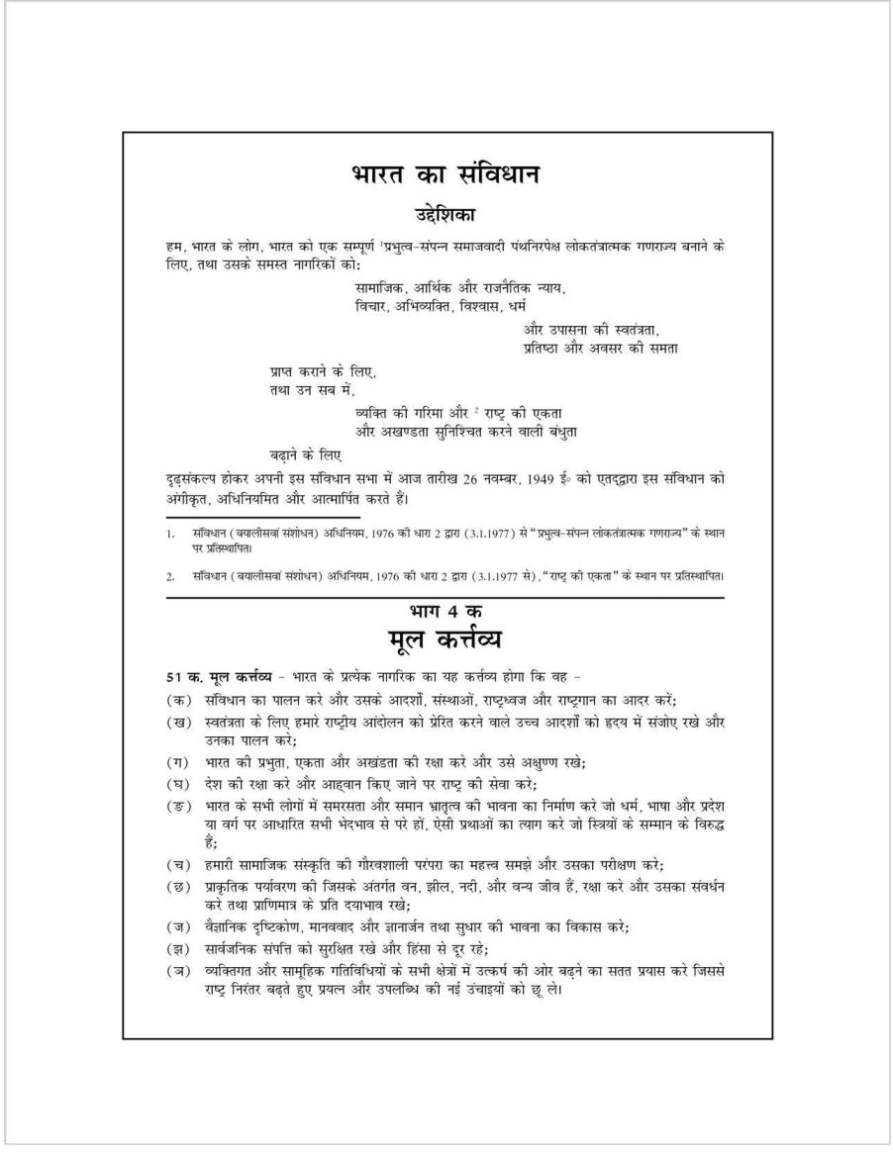 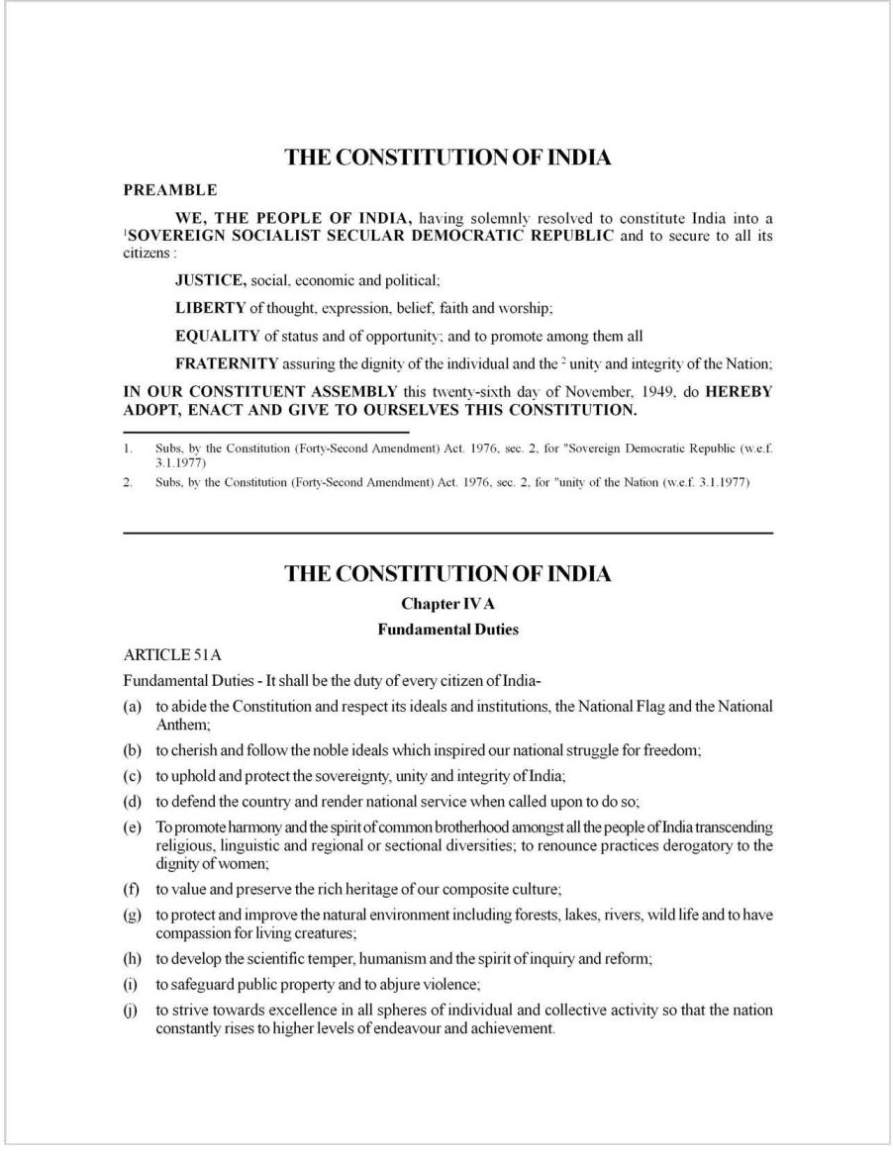 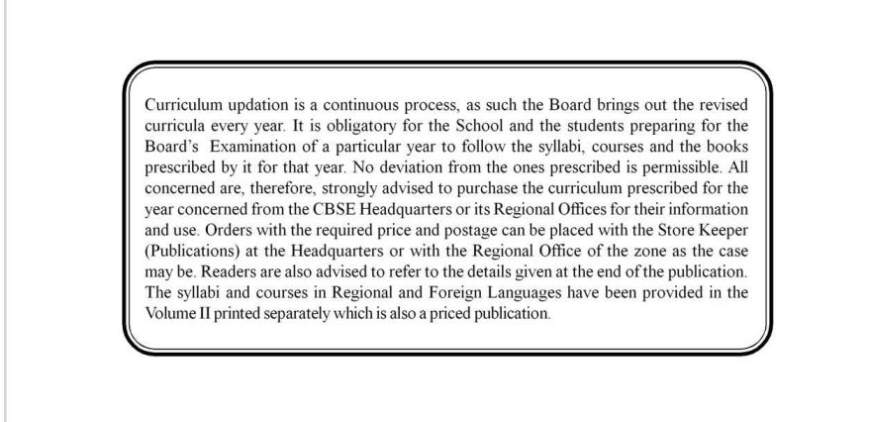 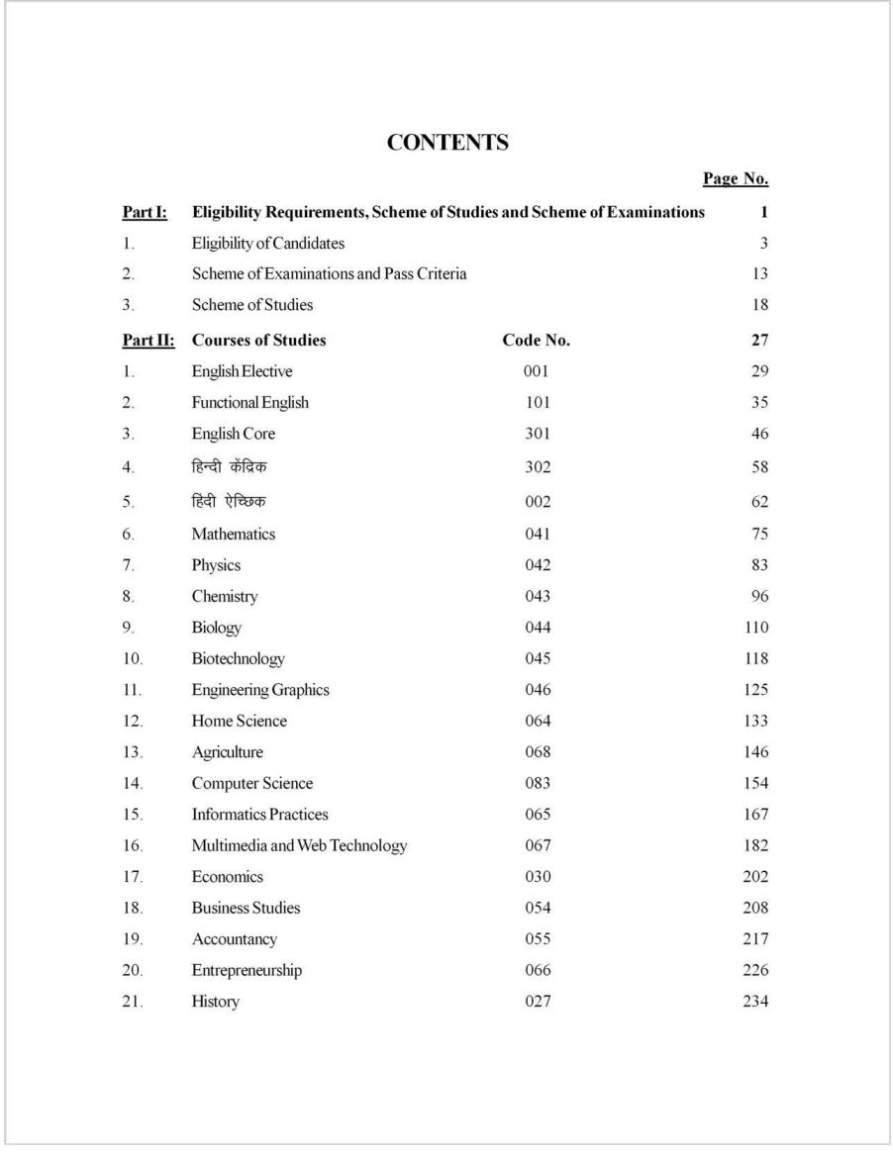 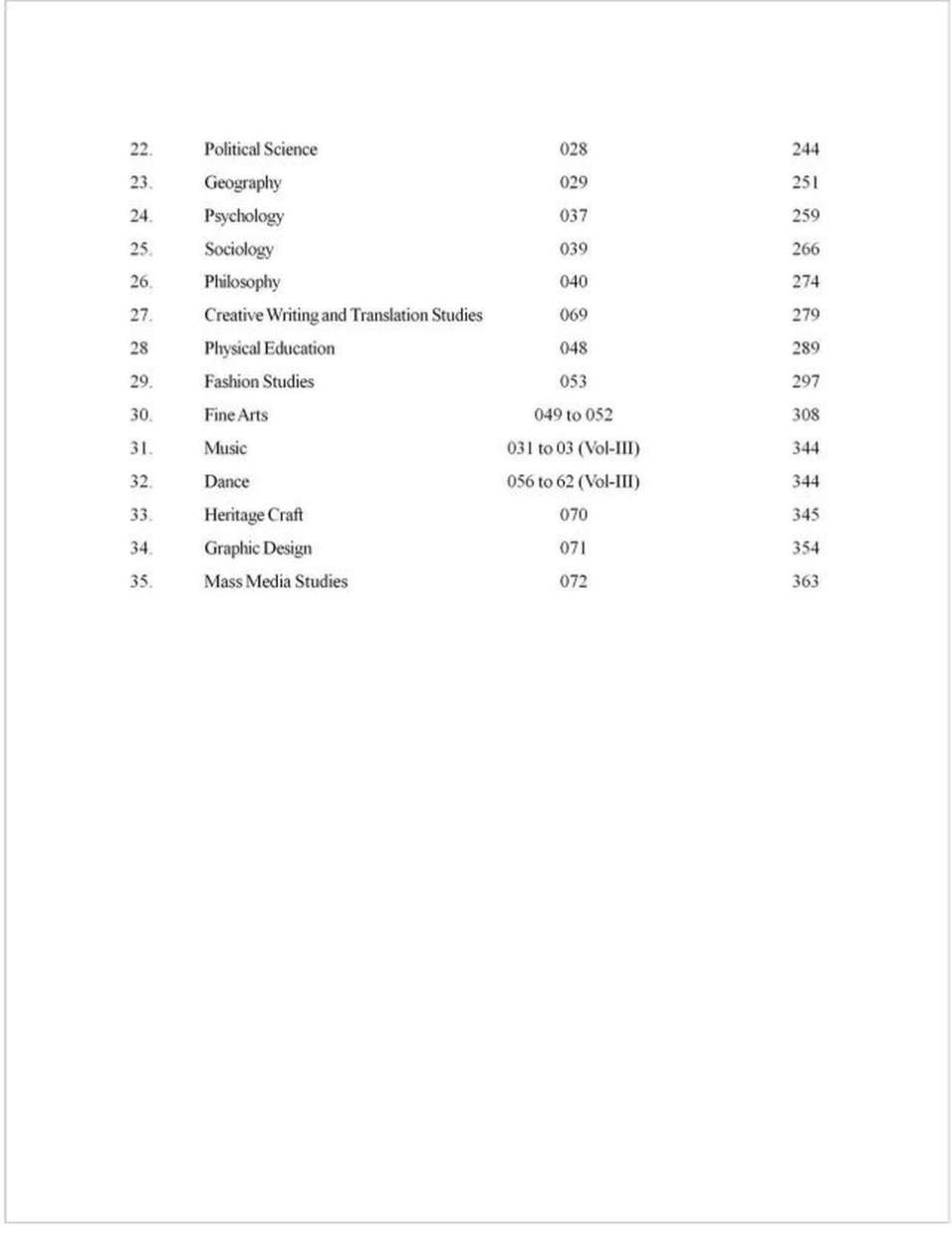 |